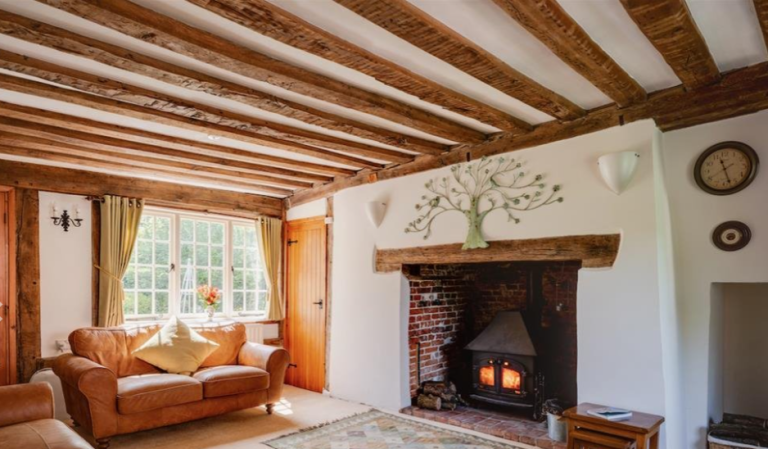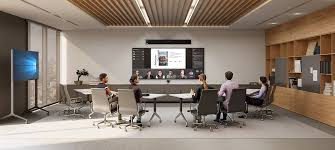When architects design any type of structure considering sustainability as a priority, they use these top sustainable architectural concepts:
- Passive Design
Passive strategies such as taking into account the sun’s position and climate while deciding where to sit and how windows are placed and operated, can reduce energy consumption and improve daylighting. Using thermal theory is a great way to use solar power in certain climates. For example, thick walls are used to absorb the sun’s heat during the day and then release it back into the building during the night.

- Active Design
Working with mechanical and electrical engineers, architects help to design high-efficiency HVAC and plumbing systems that have a small environmental footprint. For Residential Architects Chelsea, contact www.rbddesign.com/architects-design/residential-architecture-london/architects-chelsea/
- Renewable Energy
Renewable systems such as those that utilise wind and solar energy make excellent options for certain structures. These systems are frequently used together with passive strategies.
- Green Materials and Finishes
Architects can improve sustainability by prioritising the purchase of steel, wood, concrete and materials like carpet and furniture from companies who use environmentally friendly production techniques or recycle materials.

- Native Plants
The choice of landscaping can have a significant impact on the water consumption in a civic building. Architects can reduce the need for irrigation by using native trees, grasses, and plants. Landscape design can be used to create passive energy strategies. Planting trees to shade the roofs and windows at the hottest times can reduce solar gain in the building.








+ There are no comments
Add yours